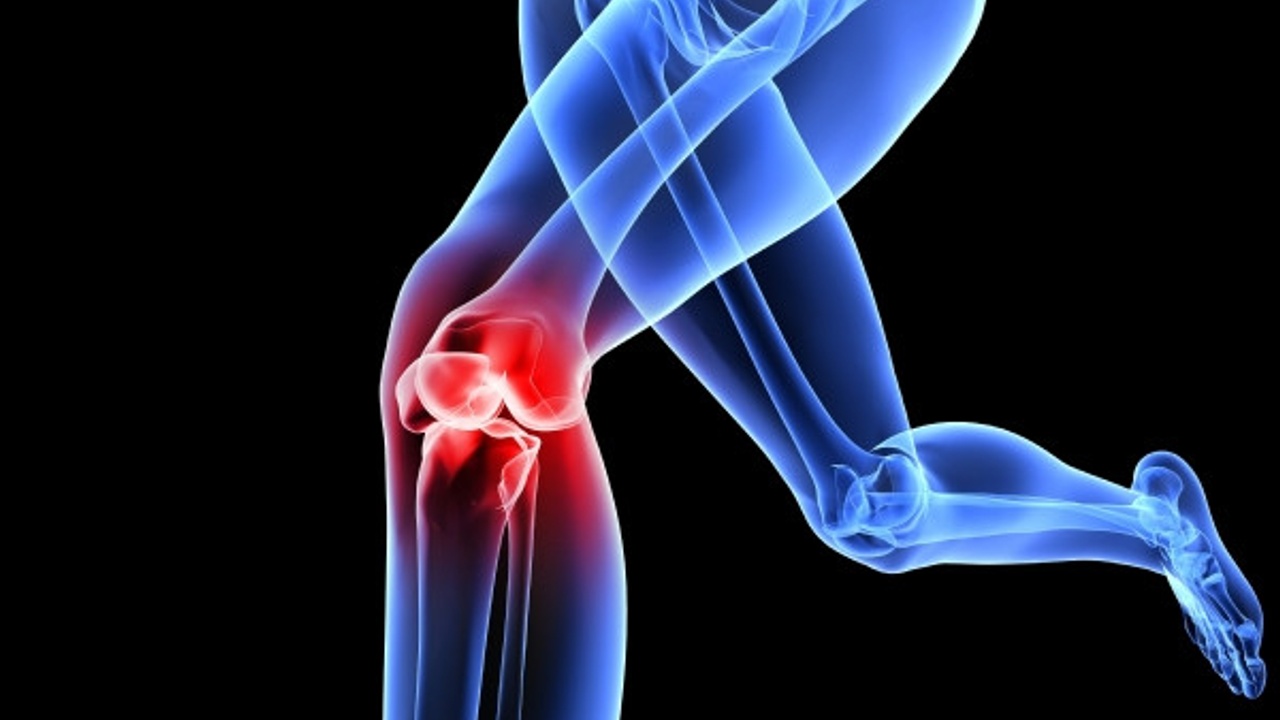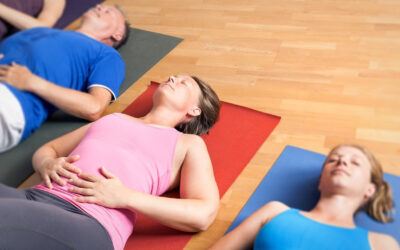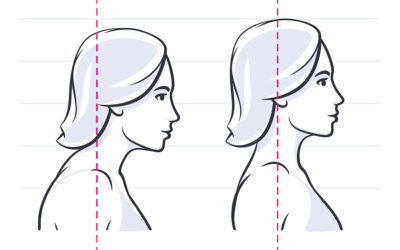In case you missed my article in the Los Alamos Daily Post it is reprinted below.
Contrary to popular belief your knee is not a fragile joint. It is designed to run, jump, ski and perform all the activities you ask of it. The knee is actually a simple joint with a complex job. Acting as a hinge joint, the knee flexes and extends the lower leg. The complexity of the joint lies in it’s role in coordinating and synchronizing the movement between the hip and ankle.
Your body is linked together in a kinetic chain and works as a unit. No joint or muscle works in isolation. Just try to bend or extend your knee without involvement from the hip, ankle or pelvis. It’s not possible. The muscles and tendons that move the knee cross these anatomical structures.
In the kinetic chain of the leg the hip, at the top, is the largest joint with the greatest mobility. The ankle, at the base, is also very mobile. The knee sits between trying to stabilize the actions of these joints. If there is dysfunction in either the hip or ankle the knee can take on tasks for which it is not designed and become misaligned and injured.
The knee joint is the junction of the femur bone reaching from the hip to the knee and the tibia bone extending from the knee to the ankle. So, the position of the knee is dependent on the alignment of these bones above and below in addition to the tension, strength and health of the surrounding soft tissues (muscles, fascia, tendons and ligaments). Ideal knee posture is when the femur and tibia bones are in a neutral position with the knee cap centered and pointing straight ahead.
The two most common knee misalignments are internal or external rotation. This is evident through the knee caps, instead of facing straight ahead they point inward, towards each other or outward, away from each other. It is also possible to have only one knee rotated or the knees rotated in opposite directions.
It is said that the knees are the windows to the hips. If a knee is internally rotated, so is the hip above and likewise, if the knee is externally rotated the same is true of the hip above. Often, rotated knees are paired with rotated feet increasing the twist and stress on the knee joint which can lead to injury of the soft, protective tissue within the joint. Repetitive bending of a misaligned knee can damage cartlidge and the meniscus.
To realign the knee, imbalances in the pelvis, hip and ankle need to be addressed. An internally rotated knee may be caused by weak pelvic girdle muscles while an externally rotated knee may be caused by tight pelvic girdle muscles.



